nuPro SP-200 Teardown
Since all SP models are completely the same except for invisible small differences in the supply voltage and programming of the active crossover, the following details can also be used to infer the other two models, which were not tested today. To get inside the nuPro SP-200, I first unscrew the entire unit from the body and am glad that they don’t use the usual cross-slots here. The compact unit is relatively easy to remove. The cables can also be pulled off safely if you know how to get the ribbon connector for the control panel open. Only the BT antenna buried somewhat haphazardly in the endless clouds of white insulation wool with the adhesive surfaces seems somewhat helplessly placed, but everything works as it should.
The removable unit carries the audio board including the power amplifiers cooled via the mounting plate in the lower board layer. The power supply board is screwed overhead with spacers above it. By the way, the placement of the main transformer is quite cleverly chosen to avoid uselessly radiating into the sensitive areas of the audio board.
The body cuts a solidly finished figure, even on the inside. We also see here the back of the very long-stroke mid/bass driver including the magnet and the opening in the center. The cooling of the winding should not be a problem. By the way, the tweeter sits right under the bass reflex tube made of impregnated hardboard, whose length of about 17 cm gross (including the glued-on plastic bezels) suggests a fairly low tuning. The interior insulation is quite compact, so you can also assume decent damping here.
The power supply
Power supplies are often underestimated or simply disregarded, yet they are incredibly important, especially for ensuring constant nominal power, undistorted, short-term pulse peaks and a proper external voltage margin. The single-layer board is manufactured by Hunan Lier Printed Circuit Board Co Ltd and differs considerably from the X-series. The board is then assembled by the contract manufacturer. The maximum power is just under 160 watts, although about 130 to 150 watts at full output should be typical. This also harmonizes with the components used, because with a stated rated power of 120 watts in total plus the usual losses and all the other peripherals, you quickly get into these ranges.
A simple comparison measurement on the primary and secondary sides revealed an efficiency of up to 94% for the overall design, and the standby circuit must be praised. The soldering quality of the entire board is apparently decent, and so is the assembly.
Most of the time, you don’t even want to know what is fed into a power supply, because the mains voltage rarely comes out of the socket cleanly and on its own. At the latest when other consumers are connected to a distributor, things can quickly get nasty. After the physical on/off switch, the power supply is equipped with proper input filtering and smoothing against spikes as well as unwanted RF radiation, including an MOV as overvoltage protection. What is visually missing is a fuse on the board and a real supervisor chip on the voltage rails of the secondary side including shunts, if there is a short circuit after all. The two decent 105° primary electrolytic capacitors (DTDZ series, United Chemi-Con) each have a capacitance of 330 µF, which can easily make up for short voltage drops. I’ll come to the manufacturer in a moment.
Despite the relatively high capacity, the inrush current is still within a tolerable range. However, I would strongly advise against hanging the speakers and perhaps a subwoofer together with the PC behind a shared wireless socket (you don’t do that anyway). The bottom line is that it is a classic switching power supply with all the advantages and disadvantages, but with a very high efficiency. The complete capacitor assembly of the electrolytics relies on expedient 105 °C models from United Chemi-Con, a US manufacturer, which can be found on both the power supply and audio/amplifier boards.
The audio board
Let’s start with a trick to make the master box, which is actually designed as the right channel, the left box, if the setup requires it that way. I had already teased this at the beginning. We see on the left the two connectors (here in the picture with the sockets disconnected), the upper one being the amplifier output for the right channel and the lower one for the left channel. Since you can’t just swap inputs on digital feeds like you can on analogs, here we just have to swap the output to get the same effect. Very simple, but effective. Since the plugs are not glued, the whole thing is done in 5 to 10 minutes if you have suitable Torx bits.
This multi-layer board obviously also comes from Hunan Lier Printed Circuit Board Co Ltd as the motherboard, and the assembly and soldering quality at the final manufacturer are completely okay here as well. Almost centrally located is the heart of the entire concept: the D2-74583-LR from Renesas. This D2-3(S) Audio SoC acts as a Digital Sound Processor (DSP) and is basically the girl for everything. The system-on-chip (SoC) built here provides efficient and configurable audio signal path processing including equalization, dynamic range compression, mixing, and filtering, as well as a fully configurable high-level programming interface. The tone control and the other effects are also generated or realized here.
The integrated PWM engine supports programmable and dynamic control of audio output, noise shaping, an embedded asynchronous sample rate converter, and directly controls power stages with SNR values >110 dB and THD+N of <0.01%. In addition, the active crossover implemented with this DSP creates an almost ideal phase alignment of high, as well as mid / low frequencies for both models and synchronizes the critical group delay of the drivers in multi-way systems. The bounce or impulse behavior should be fundamentally improved with this, which altogether allows a very precise playing style for these speakers that can also be heard.
The PCM1803A (pictured below left) is a high-performance single-chip stereo analog-to-digital converter with unbalanced analog voltage input. The PCM1803A uses a delta-sigma modulator with 64- and 128-fold oversampling and includes a digital decimation filter and a high-pass filter that removes the DC component of the input signal. This works quite well and hardly leaves anything to be desired, even though the solution was implemented more elaborately on the considerably more expensive X models.
In addition, the GD32F303 is used as the MCU for the process handling. This is a quite fast 32-bit Arm-Cortex CPU from GigaDevice with up to 120 MHz clock (picture below). The firmware is stored in a separate BIOS chip (picture above left next to the D2Audio).
The power amplifiers are again a so-called UCD switching amplifier (Universal Class D), which significantly improves the operation of an analog switching amplifier. By means of this technology from the 1980s one creates a cleaner signal processing than with conventional Class D bridge circuits and various upstream converters and drivers. The pulse-width modulated signal (PWM, 384 KHz clocking), which is distributed by the DSP to the individual branches in real time, is sent in digital form to the parallel-connected PWM output bridges without any detours.
Low noise and low jitter are then the reward of this trick. In order to obtain a phase-stable behavior and low TIM and THD error values, a DC voltage filtering in the low, single-digit Hertz range is used. The power amplifier chips are cooled via a fin heat sink that is thermally connected to the base plate.
Interim summary
The entire electrical and electronic side is well and expediently equipped. The D2Audio DSP is currently hard to beat for this price range and the MCU used is more than sufficient. The entire peripherals with wireless connection and connectivity and the IR module are fine. The direct A/D conversion of the analog inputs without further analog signal processing and the prompt transfer to the DSP ecosystem is well solved, but you still need a preamplifier for most older phono devices. The power supply fits the price range and does exactly what it is supposed to.















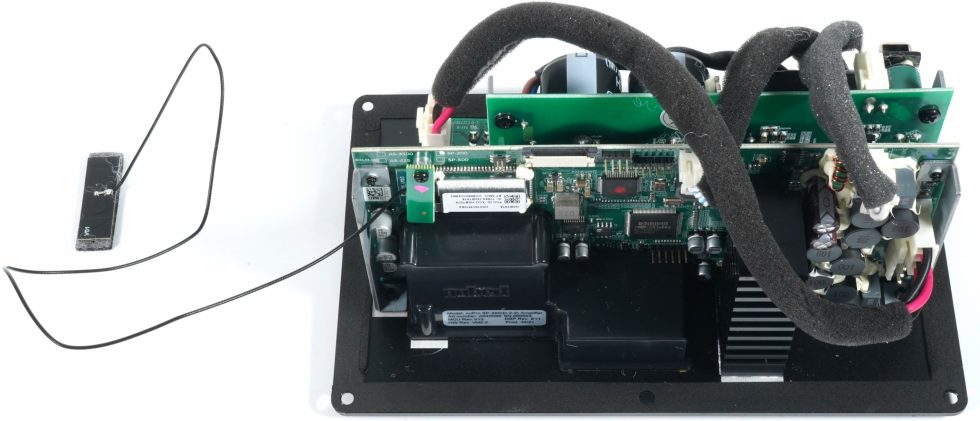
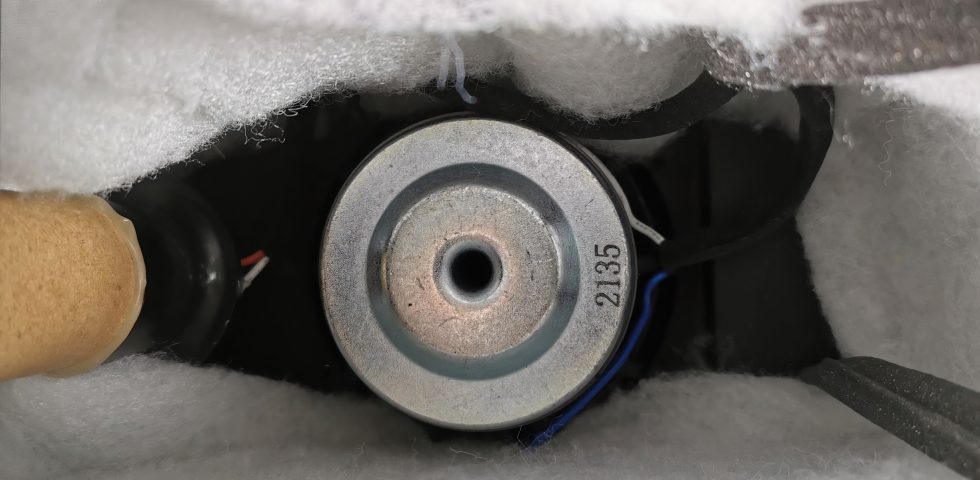
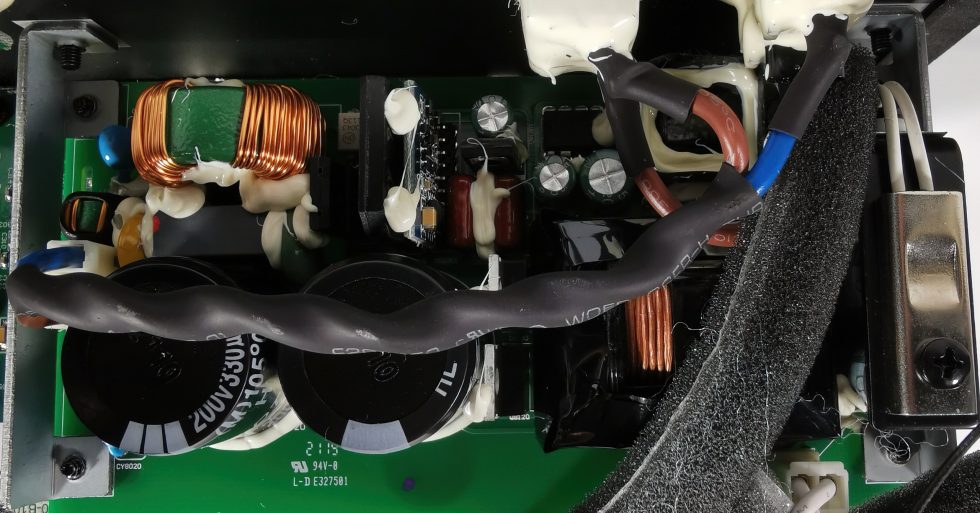
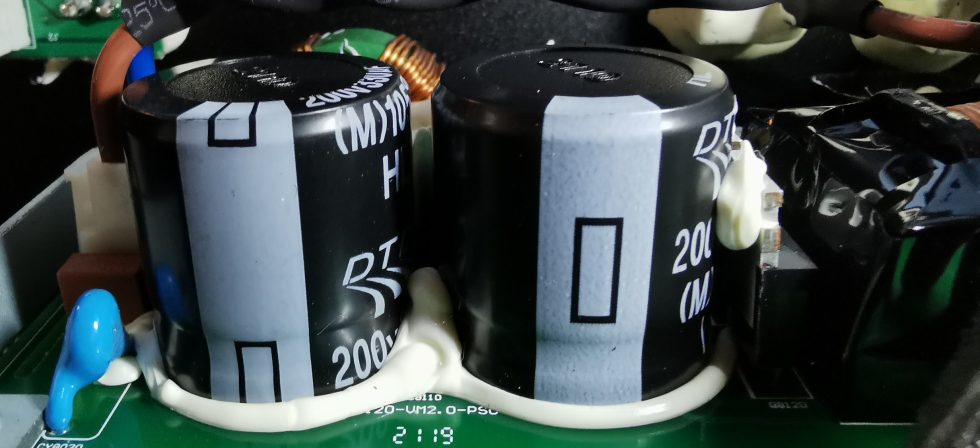
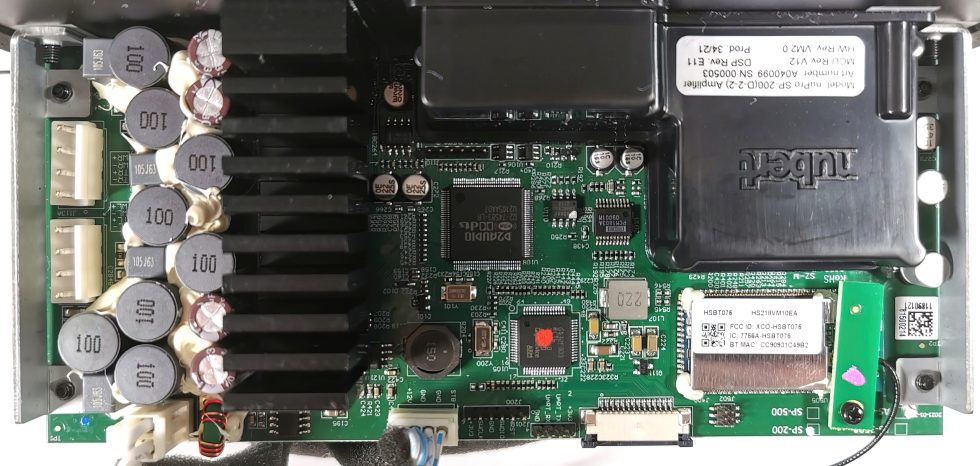
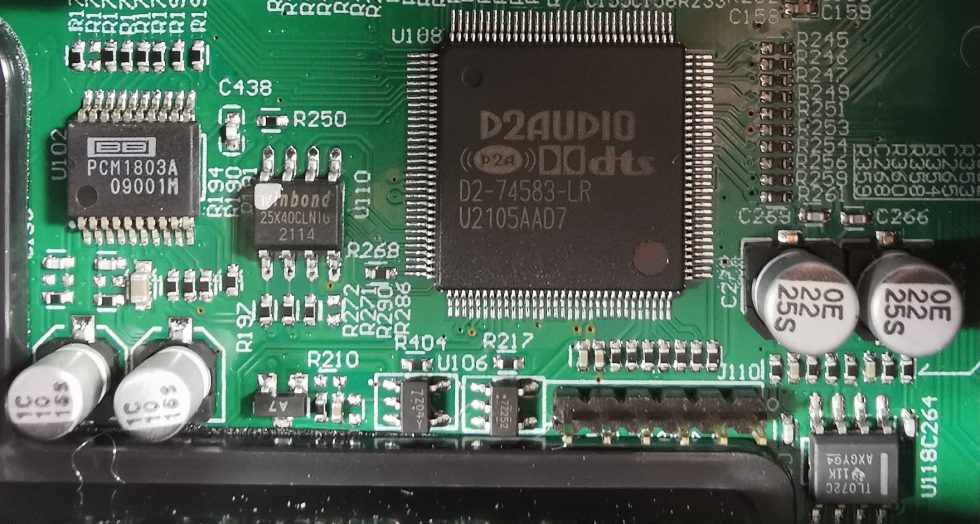
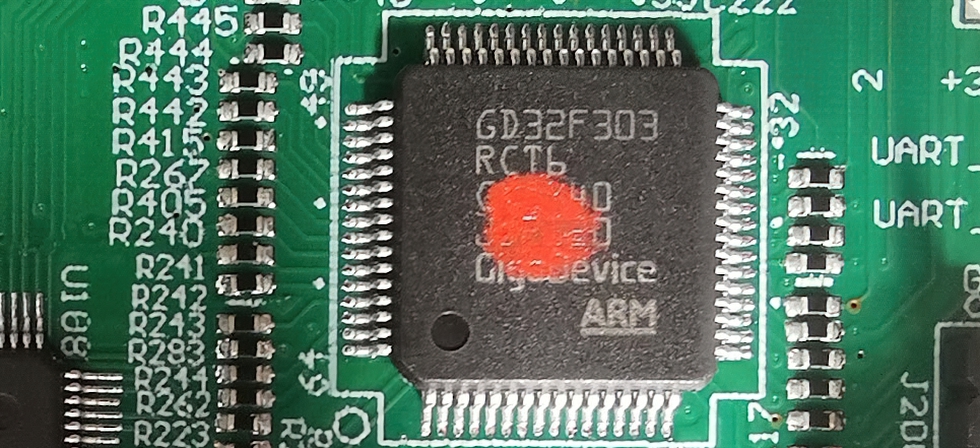



















66 Antworten
Kommentar
Lade neue Kommentare
Veteran
Veteran
Veteran
Urgestein
Mitglied
Veteran
Urgestein
Urgestein
Urgestein
Urgestein
Urgestein
Urgestein
Urgestein
Urgestein
Urgestein
Urgestein
Urgestein
Urgestein
1
Alle Kommentare lesen unter igor´sLAB Community →